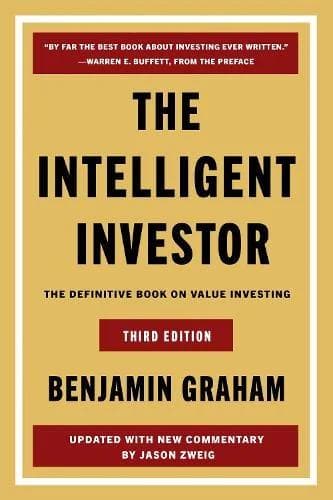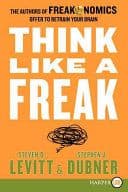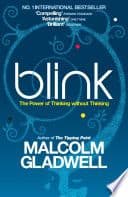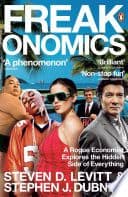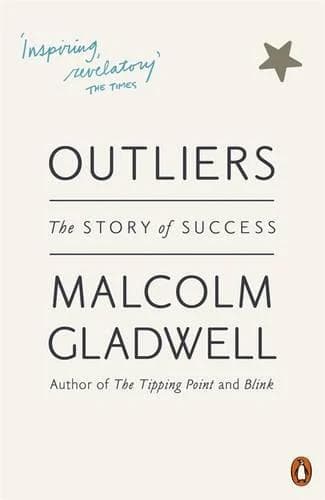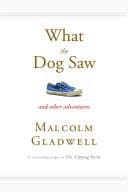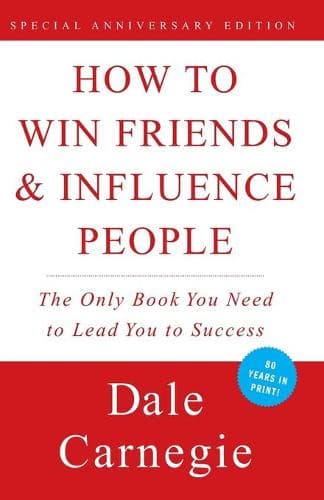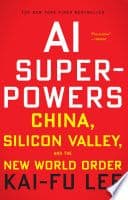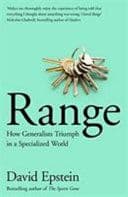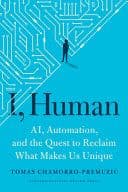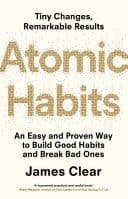
Scrum:
The Art of Doing Twice the Work in Half the Time
The book every working professional and business leader needs
DIFFICULTY
beginner
PAGES
384
READ TIME
≈ 330 mins
DIFFICULTY
beginner
PAGES
384
READ TIME
≈ 330 mins
About Scrum
Scrum argues that most work gets faster, smarter, and kinder when you ditch grand plans and move in short, inspected cycles.
Jeff Sutherland, the method’s co‑creator, lays out a lightweight system: time‑boxed sprints that ship something real, a comprehensive prioritised backlog, and a daily check‑in that surfaces project obstacles before they calcify. Teams self‑organise around clear goals, guided by simple roles—Product Owner sets direction, Scrum Master safeguards flow, Developers deliver to a crisp "Definition of Done". Empirical measures such as visual boards reveal bottlenecks and prompt course‑corrections.
Through cases from software to classrooms and government, Sutherland shows how small batches, transparency, and relentless retrospectives compound learning and quality. If your work is complex and your customers impatient, Scrum gives you a practical way to cut waste, adapt quickly, and consistently deliver what people actually value.
What You'll Learn
- The core principles of Scrum and Agile thinking
- Roles (Product Owner, Scrum Master, Developers) and their responsibilities
- How to plan and run sprints, stand-ups, reviews, and retrospectives
- Estimate work with story points and track progress with velocity and burndown charts
- Prioritize a product backlog to deliver the highest value first
- Build self-organizing, cross-functional teams that improve continuously
Key Takeaways
- Empiricism over prediction
- Small, cross-functional teams win
- Timeboxed sprints create focus
- Relentless inspection and adaptation
- Value first, minimize waste
More in business

